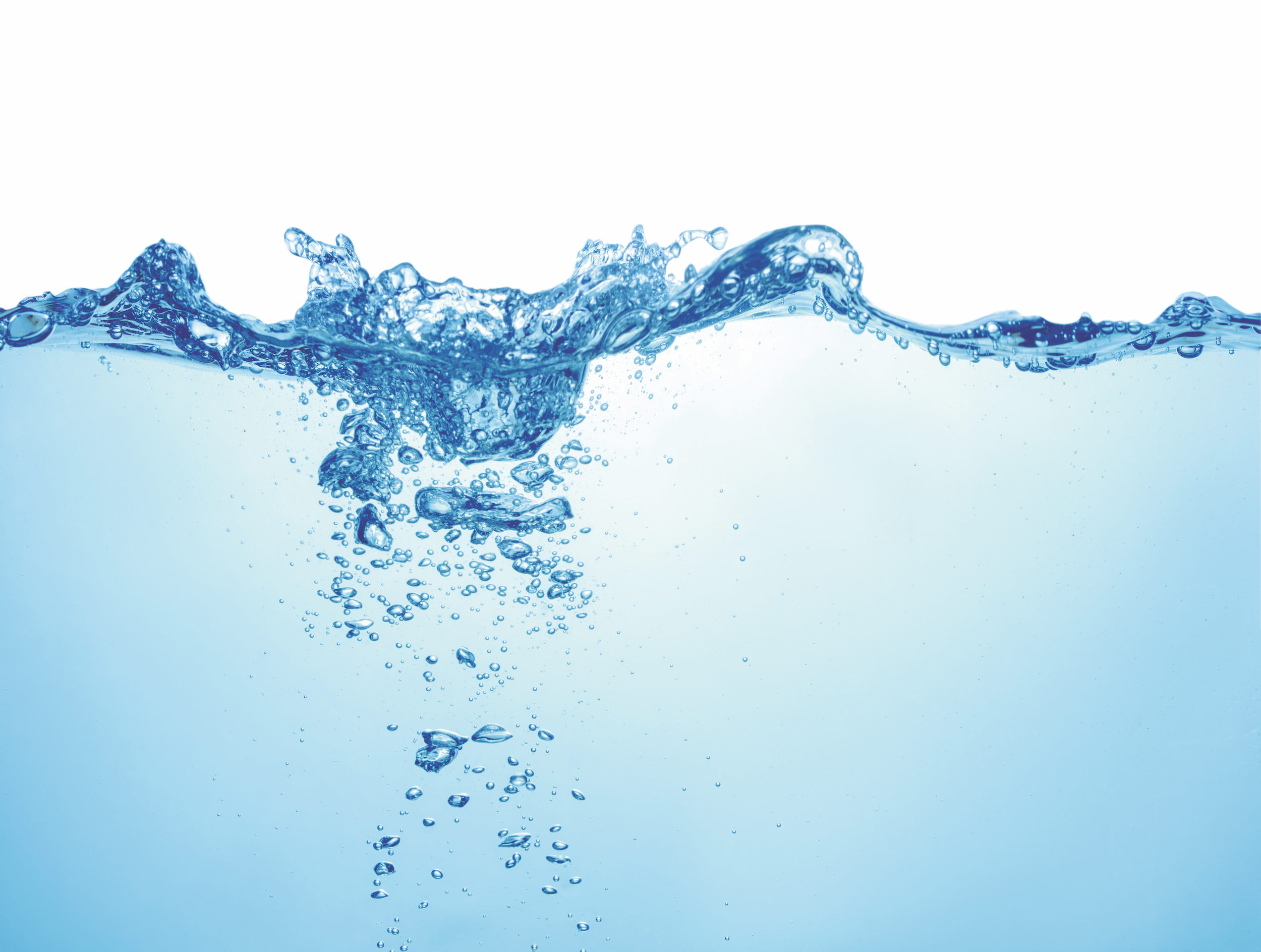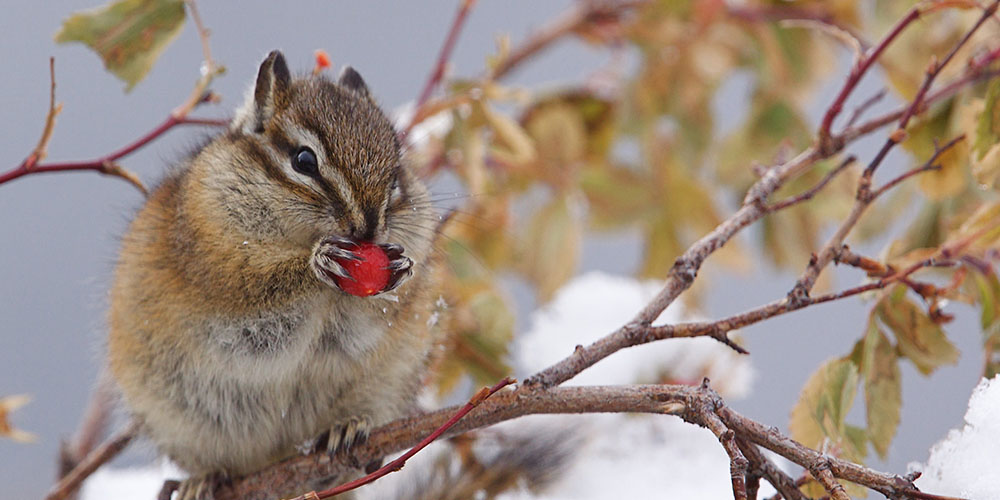Every Drop Counts
It’s easy to waste water and even easier to take water for granted. Water pours out of our faucets as though it were endlessly available. But the truth is that the supply of good quality, fresh water is limited. Fortunately, we can all conserve water instead of wasting it. This activity will help your group cut back on water waste.
Objectives
Students will
- Monitor how much water they use in a day.
- Describe how water is wasted and why it is important to conserve it.
- Design, implement, and evaluate a plan for saving water.
For the complete activity and more like this, purchase the Explore Your Environment: K-8 Activity Guide at Shop.PLT.org and/or attend a professional development training in your state.
Explore Your Environment: K-8 Activity Guide is a supplementary curriculum that is multi-disciplinary, with an emphasis on science, reading, writing, mathematics, and social studies.
Each activity displays explicit connections to practices and concepts expected by the following national academic standards so teachers can easily see where the materials will fit into their lesson plans:
- Next Generation Science Standards (NGSS)
- Common Core Toolkit, includes
- English Language Arts (CCSS.ELA)
- Mathematics (CCSS.MATH)
- College, Career, and Civic Life Framework for Social Studies (C3)
Our professional development further demonstrates these connections, as well as to state and local standards, contact your state coordinator.
EE Resources
Go with the Flow!
NASA’s Space Place website engages upper-elementary-aged children in space and Earth science through interactive games, hands-on activities, informative articles, and engaging short videos. Find material in both English and Spanish and resources for parents and teachers. For example, in the online game Go with the Flow!, children direct a submarine to uncover hidden treasure and... Read more »
The World’s Watersheds
Water is one of our most important resources! Earth’s rivers form watersheds to carry freshwater to communities and all living species around the globe. These Beautiful Maps of the World’s Watersheds, artistically mapped by geographer Szűcs Róbert, highlight the world’s permanent and temporary streams and rivers. The stunning images depict the dominant drainage systems of... Read more »
The Adventure of Water from Afar
Go on an adventure to learn more about innovations being made to protect and manage clean water! Produced by EarthEcho International, the video Water By Design: Water from Afar investigates reservoirs of water and the technology employed to measure and maintain it. One example examines how NASA uses innovative technology to measure snow and represent... Read more »
The Chemistry of Clean Water
This video, The Chemistry of Clean Water, from the American Chemistry Council demonstrates some of the ways chemistry keeps the water supply clean. Chemistry helps to purify, protect, and conserve water for safe consumption. The video helps students draw connections to elementary chemistry concepts and STEM.
WikiWatershed
This web toolkit is designed to help middle, high school, and college educators and students – as well as citizens, conservationists, municipal decision-makers, and researchers – advance their knowledge and stewardship of fresh water. Developed by the Stroud Water Research Center, the toolkit enables users to share watershed-model scenarios, watershed-monitoring data, and watershed-management stories as... Read more »
Fresh Solutions: Water Use and Conservation
Videos from California Academy of Sciences explore today’s environmental issues related to water use, from water shortage to waste water recycling. Intended for middle school students, these short videos come with background information for better understanding. You can extend the concepts covered by facilitating a student-led discussion or making connections to the Next Generation Science... Read more »
Interactive Water Cycle
The U.S. Geological Survey’s interactive water cycle shows the various stages, actors, and components of the water cycle. There are three different versions of this resource for various ages as well as several languages.
Create a Schoolyard Wildlife Habitat
The Schoolyard Habitat Project Guide from the U.S. Fish & Wildlife Service gives step-by-step recommendations for creating a wildlife habitat at site, based on on-the-ground experience from successful projects.
USFS Water
Information from the U.S. Forest Service on water, including a water cycle poster and water facts.
H2ouse Water Saver Home
Take a virtual tour to investigate the water-saving opportunities in each area of your home. Click on each location to learn about it and get specific advice.
Water Calculator and Conservation Tips
The GRACE Water Program is home to the Water Footprint Calculator, which estimates the water you use directly from the tap as well as the “virtual water” that goes into producing your food, clothing, and more. The program provides tools, tips and information on water conservation.
USGS Water Science School
This U.S. Geological Survey’s (USGS) Water Science School website offers information on many aspects of water, along with pictures, data, maps, and an interactive center where you can share your opinions and test your water knowledge.
Water Calculator
The H2O Conserve Water Calculator is a short survey that will get you thinking about how much water you use, and how water connects to almost every aspect of your life. The Conserve Water Calculator compares individual daily water usage with the national average. It also provides suggestions of how to save more water using... Read more »
Safe Drinking Water Foundation (SDWF) Educational Materials
Safe Drinking Water Foundation (SDWF) Educational Materials offers many different hands-on drinking water kits, and more, that relate content to science, social studies, and math, investigating the topic from various perspectives to include economics, social, and health issues.
EPA Drinking Water Info
Consumers have many questions about their drinking water. How safe is my drinking water? What is being done to improve security of public water systems? Where does my drinking water come from, and how is it treated? What can I do to help protect my drinking water? Answers to these and other questions are addressed... Read more »
Water1der
Available for iPad, iPhone, and Android devices, the free Water1der application features questions related to conservation, irrigation, water cycle, watersheds, pollution prevention, and more. For use with middle level and older students, the app uses popular game-playing formats (multiple choice, true and false, matching, etc.)
The Water Cycle by USGS
This interactive water cycle diagram produced by the US Geological Survey and the United Nations allows you to “mouse around” the parts of the water cycle and view explanations, pictures, and more. Available for beginner, intermediate, and advanced students, the diagram introduces an increasing number of terms at each level. PDF and JPG versions of the... Read more »
Monitoring Freshwater Ecosystems App
This Do-It-Yourself (DIY) Lake Science app developed by UC Berkley’s The Lawrence Hall of Science allows users to participate in and facilitate activities that teach about freshwater ecosystems. For example, families and educators have the opportunity to view videos and discover what lies beneath the surface with an “Under the Lake” simulation. The DIY Lake... Read more »
Rooted in Math
Use this Rooted in Math infographic from NEEF to make some quick calculations, such as the number of gallons of water you use every time you take a shower, or the pounds of CO2 emissions by a lightbulb.
Login to download supporting materials such as appendices and teaching tips.
Login
 Get this Guide
Get this Guide
 Find Training
Find Training

